

Articles
How To Plumb Bob A Putter
Modified: January 4, 2024
Learn how to plum bob a putter in our comprehensive articles. Expert tips and techniques for improving your putting game.
(Many of the links in this article redirect to a specific reviewed product. Your purchase of these products through affiliate links helps to generate commission for Storables.com, at no extra cost. Learn more)
Introduction
When it comes to improving your putting game in golf, there are various techniques and tools available to help you achieve better accuracy and consistency. One such technique is plumb bobbing a putter. This method involves using a string or line to align your putter with the target line, ensuring that you have a clear visual reference for your aim. Plumb bobbing is a popular and effective technique utilized by many professional golfers to gain a better understanding of the green’s topography and make more precise putts.
In this article, we will dive into the ins and outs of plumb bobbing a putter. We will explore the significance of this technique, the equipment you’ll need, and provide you with a step-by-step guide to perform it correctly. Additionally, we’ll share some helpful tips and techniques to ensure your plumb bobbing is accurate, as well as common mistakes to avoid during the process.
Whether you’re a beginner looking to enhance your putting skills or an experienced golfer aiming to refine your technique, plumb bobbing can be a valuable tool in your arsenal. By incorporating this method into your putting routine, you can gain a deeper understanding of the terrain and increase your chances of sinking those coveted putts.
Key Takeaways:
- Plumb bobbing a putter in golf provides a visual aid for proper alignment, enhances understanding of green topography, and boosts confidence and consistency on the greens.
- Incorporating plumb bobbing into your putting routine can offer valuable insights into alignment, improve green-reading skills, and contribute to more accurate and confident putting performance.
Read more: What Is A Plumb Bob
What is Plumb Bobbing a Putter?
Plumb bobbing a putter is a technique used in golf to align the putter with the target line. It involves using a string or line, called a plumb line, to create a straight vertical reference point. By positioning the plumb line next to the putter, golfers can determine whether their putter is aligned correctly and perpendicular to the target line.
The concept behind plumb bobbing originated from the construction industry, where a plumb bob, a weighted string, is used to create a true vertical line. In golf, this technique has been adapted to help players assess the slope of the green and determine the break and direction of their putts.
Plumb bobbing serves as a visual aid to ensure that the putter face is square to the intended target line. By aligning the putter with the plumb line, golfers can eliminate any potential misalignment caused by a lack of visual reference points.
This technique is especially useful on greens with subtle breaks or undulations that may not be apparent to the naked eye. By plumb bobbing, players gain a better understanding of the contours and topography of the putting surface, which can greatly impact their ability to read and make accurate putts.
Plumb bobbing is a simple yet effective method that can be easily incorporated into your pre-shot routine. It provides a consistent reference point to ensure proper alignment, allowing you to have more confidence in your putting stroke and increase your chances of sinking more putts.
However, it’s important to note that plumb bobbing is not a foolproof method and may not be suitable for every golfer. Some players may find it more beneficial than others, depending on their personal preferences and putting styles.
Why Plumb Bob a Putter?
Plumb bobbing a putter offers several advantages that can benefit golfers of all skill levels. Let’s take a closer look at why this technique is worth incorporating into your putting routine:
- Achieve Proper Alignment: One of the primary reasons to plumb bob a putter is to ensure proper alignment. By positioning the plumb line next to the putter and aligning it with the target line, you can eliminate any potential misalignment and achieve a square putter face. This helps to promote a straighter putting stroke and maximize accuracy.
- Understand the Green’s Topography: Plumb bobbing provides valuable insights into the slope and contours of the green. By observing how the plumb line intersects with the putting surface, you can gauge the subtle breaks and undulations that may not be apparent at first glance. This understanding allows you to make more informed decisions about your putt’s break and direction.
- Enhance Confidence and Consistency: Plumb bobbing can contribute to improved confidence and consistency on the greens. When you have a clear visual reference for your alignment, you can approach each putt with more confidence, knowing that your putter is square to the target line. This increased confidence translates into more consistent putts and better overall performance.
- Develop Feel and Awareness: Through regular practice of plumb bobbing, you can develop a heightened sense of feel and awareness on the greens. By studying the subtle nuances of the green’s topography, you become more attuned to the way putts break and how they respond to the slope. This increased awareness can greatly assist you in reading and executing putts with greater precision.
- Gain a Competitive Edge: Plumb bobbing is a technique often utilized by professional golfers. By incorporating this method into your putting routine, you can gain a competitive edge and align yourself with the strategies employed by some of the best players in the game. Plumb bobbing allows you to assess the green like a pro and make calculated decisions based on your observations.
While plumb bobbing may not be for everyone, it is worth exploring to see if it enhances your putting performance. Experiment with this technique during practice sessions to determine its effectiveness for your game. The benefits of improved alignment, understanding of the green’s topography, enhanced confidence and consistency, and increased feel and awareness make plumb bobbing a technique worth considering to take your putting skills to the next level.
Equipment Needed for Plumb Bobbing
To effectively plumb bob a putter, you’ll need a few essential pieces of equipment. Here’s a list of what you’ll need:
- Plumb Line or String: The most crucial component of plumb bobbing is a plumb line or string. This should be a thin, lightweight, and non-elastic line that is long enough to extend from your putter grip down to the ground. A common choice is fishing line or a specialized golf-specific plumb line available at golf stores.
- Weight or Bob: To create a true vertical line, you’ll need a weighted object at the end of the plumb line. This is typically referred to as the “bob.” The bob should be heavy enough to ensure a straight line but not overly cumbersome. A small weight, like a fishing sinker, or a specialized plumb bob designed for golfers, will work well.
- Golf Ball Marker: You’ll need a golf ball marker to mark the position where the plumb line intersects with the putting surface. This will help you maintain a reference point throughout your putt setup routine. A traditional coin-sized ball marker or a specialized alignment tool with built-in markers can serve this purpose.
- A Putter: Of course, you’ll need your putter to perform the plumb bobbing technique. Choose a putter that you are comfortable using and that suits your stroke style. It’s important to ensure that the putter’s shaft is long enough to allow the plumb line to hang freely without touching the ground.
- Stable Ground: Lastly, you’ll need a flat and stable surface to plumb bob your putter. This can be a practice putting green, a flat area on the golf course, or even a flat section of your carpet if you’re practicing at home. The ground should be level to maintain accuracy during the plumb bobbing process.
These are the basic equipment requirements for plumb bobbing a putter. Once you have these items, you’ll be ready to perform the technique and gain valuable insights into the alignment and topography of the putting surface.
Remember, it’s important to practice plumb bobbing regularly to develop proficiency with the technique. Over time, you’ll become more comfortable and accurate with your plumb bobbing routine, leading to improved alignment and putting performance on the greens.
When using a plumb bob to line up your putter, make sure the string is hanging directly over the ball and the target line. This will help you visualize the correct line for your putt.
Step-by-Step Guide to Plumb Bobbing a Putter
Plumb bobbing a putter may seem daunting at first, but with practice, it becomes a straightforward process. Follow these step-by-step instructions to plumb bob your putter:
- Select a Level Spot: Find a level spot on the putting green or a flat area on the course where you want to plumb bob your putter. This will ensure accurate alignment and minimize any potential errors caused by an uneven surface.
- Mark Your Spot: Use your golf ball marker to mark the spot where you want to position your putter for the plumb bobbing process. This will serve as a reference point throughout the routine.
- Thread the Plumb Line: Take the plumb line or string and thread it through the hole at the top of your putter grip. The line should be long enough to extend past the putter head and reach the ground without touching it.
- Attach the Weight: Tie or attach the weight, such as a fishing sinker or plumb bob, securely to the end of the plumb line. Ensure that the weight is heavy enough to create a straight vertical line but not excessively heavy to interfere with the plumb bobbing process.
- Align the Putter: Hold the putter in your normal grip with the plumb line hanging freely. Position yourself so that you can see the plumb line, the putter shaft, and the target line all in one visual line. Adjust your stance and position until the plumb line is aligned with the target line.
- Check Putter Alignment: Observe the position of the putter face relative to the plumb line. The goal is to have the putter face square and perpendicular to the plumb line. If the face is open or closed, make the necessary adjustments to achieve proper alignment.
- Find the Break Point: While maintaining the putter position, slowly move your head to the side and observe how the plumb line intersects with the green’s surface. Take note of the break point or any deviations from a straight vertical line. This will provide valuable information about the slope and break of the green.
- Create a Mental Image: Based on the break point observed, create a mental image of how the putt will break and aim accordingly. Use this information to make better decisions during your actual putting stroke.
- Remove the Plumb Line: Once you have gathered the necessary information, remove the plumb line from the putter and proceed with your putt setup as usual.
By following these step-by-step instructions, you can effectively plumb bob your putter and gain valuable insights into alignment and the slope of the green. It’s important to practice this technique regularly to become comfortable and confident in your ability to read putts and make accurate strokes on the greens.
Read more: How To Use A Plumb Bob
Tips and Techniques for Accurate Plumb Bobbing
Plumb bobbing a putter is a technique that requires precision and attention to detail. Here are some tips and techniques to help you achieve accurate plumb bobbing:
- Practice Consistently: Like any skill, plumb bobbing requires practice. Set aside dedicated practice time to refine your technique and develop consistency in your plumb bobbing routine.
- Keep a Steady Hand: When holding the putter and observing the plumb line, aim to keep your hand steady. Any unnecessary movement can lead to inaccurate alignment readings.
- Look from Different Angles: While observing the plumb line, try to view it from different angles. Move your head to the left and right to get a better understanding of how the line intersects with the green’s surface.
- Trust Your Intuition: Plumb bobbing is not an exact science, and there may be subtle variations in how you interpret the alignment. Trust your instincts and use your judgment when determining the break and alignment of a putt.
- Combine with Green Reading: Plumb bobbing should be used in conjunction with other green-reading techniques. Consider factors such as slope, grain, and visual cues on the green when making your putting decisions.
- Use Visual Markers: While plumb bobbing, you can enhance your accuracy by utilizing visual markers on the green. Look for landmarks, shadows, or other reference points to help guide your alignment decisions.
- Practice Visualization: Visualization plays a vital role in plumb bobbing. Develop the ability to visualize the line between the putter and the target, as well as the break and speed of the putt. This mental imagery can greatly enhance your accuracy.
- Stay Relaxed: Tension in your body and grip can negatively impact your plumb bobbing technique. Relax your muscles and maintain a light grip on the putter to allow for smoother and more accurate observations.
- Adapt to Different Green Speeds: The speed of the greens can influence the effectiveness of plumb bobbing. Practice plumb bobbing on greens of varying speeds to develop a better understanding of how the technique translates to different green conditions.
- Combine with Practice Strokes: Before plumb bobbing, incorporate a few practice strokes to get a feel for the green. This will help you better understand the speed and break of the putt, which can enhance the accuracy of your plumb bobbing routine.
By implementing these tips and techniques into your plumb bobbing routine, you can enhance the accuracy and effectiveness of your alignment readings. With practice and experience, you’ll develop a greater trust in your plumb bobbing abilities and be better equipped to make confident and accurate putts on the greens.
Common Mistakes to Avoid While Plumb Bobbing a Putter
Plumb bobbing a putter can be an effective technique for improving alignment and accuracy on the greens. However, there are some common mistakes that golfers often make during the plumb bobbing process. By being aware of these mistakes, you can avoid potential pitfalls and make the most of this valuable technique. Here are some common mistakes to watch out for:
- Being Inconsistent: Consistency is crucial when plumb bobbing. Avoid rushing through the process or skipping steps. Be consistent in your setup, grip, and observation technique to ensure accurate results.
- Over-Analyzing: Plumb bobbing is meant to provide a visual reference and aid in alignment. Avoid over-analyzing every tiny detail or spending too much time trying to achieve a perfect alignment. Trust your instincts and make a decision based on the overall alignment.
- Ignoring Other Factors: Plumb bobbing should not be the sole method of determining alignment and the break of the putt. Consider other factors such as slope, grain, wind, and visual cues on the green. Combining plumb bobbing with other green-reading techniques will lead to better decision-making.
- Using a Poorly Balanced Putter: Plumb bobbing relies on having a well-balanced putter. If your putter is poorly balanced or has a heavy toe or heel, it may affect the accuracy of your alignment readings. Choose a putter that suits your stroke style and has good balance.
- Not Adjusting for Eye Dominance: Eye dominance plays a role in plumb bobbing. If you have a dominant eye, it may affect how you perceive the alignment. Experiment with positioning the plumb line to align with your dominant eye for better accuracy.
- Misinterpreting Breaks: The interpretation of breaks during plumb bobbing can be subjective. It’s important to remember that plumb bobbing provides a general reference and not an exact measurement. Be mindful of potential misjudgments and make slight adjustments accordingly.
- Using Unsuitable Ground: Plumb bobbing requires a flat and stable surface for accurate alignment. Avoid using uneven or sloped surfaces, as they can lead to misleading readings. Practice on consistent putting greens or flat areas to get consistent results.
- Not Practicing Enough: Plumb bobbing is a skill that requires practice to master. Don’t expect immediate success. Regular practice will help you become more comfortable, confident, and accurate in your plumb bobbing technique.
- Ignoring Your Feel: Plumb bobbing is not just about visual observation; it’s also about developing a feel for the putt. Pay attention to how the putt feels as you align the putter and make slight adjustments based on your gut instincts.
- Becoming Over-Reliant on Plumb Bobbing: While plumb bobbing can be a helpful technique, it’s important not to become overly reliant on it. Use plumb bobbing as a tool to supplement other green-reading skills and to fine-tune your alignment, but also trust your overall judgment and experience on the greens.
By avoiding these common mistakes, you can make the most of the plumb bobbing technique and improve your putting accuracy. Stay mindful, practice consistently, and develop a balanced approach that combines plumb bobbing with other green-reading methods for optimal results on the greens.
Conclusion
Plumb bobbing a putter is a valuable technique that can enhance your putting game in golf. By aligning your putter with a plumb line, you can achieve proper alignment, gain insights into the green’s topography, and improve your confidence and consistency on the greens.
In this article, we explored what plumb bobbing is and why it is worth incorporating into your putting routine. We discussed the equipment needed for plumb bobbing and provided a step-by-step guide to help you perform the technique accurately. Additionally, we shared tips and techniques to improve the accuracy of your plumb bobbing and highlighted common mistakes to avoid.
Plumb bobbing is not a one-size-fits-all solution, and its effectiveness may vary from golfer to golfer. It is essential to practice regularly and develop a feel for the technique to maximize its benefits. Plumb bobbing should be used in conjunction with other green-reading techniques and your own experience and judgment on the greens.
By incorporating plumb bobbing into your putting routine, you can gain valuable insights into alignment, enhance your understanding of the green’s topography, and make more accurate putts. With time and practice, you’ll become more comfortable and confident in your ability to read and interpret putts, leading to improved performance on the greens.
Remember, plumb bobbing is just one of many tools and techniques available to golfers. Experiment with different strategies, find what works best for you, and continue to refine your skills as you strive to become a better putter. Embrace the journey of improvement, and enjoy the process of honing your skills on the greens.
Frequently Asked Questions about How To Plumb Bob A Putter
Was this page helpful?
At Storables.com, we guarantee accurate and reliable information. Our content, validated by Expert Board Contributors, is crafted following stringent Editorial Policies. We're committed to providing you with well-researched, expert-backed insights for all your informational needs.
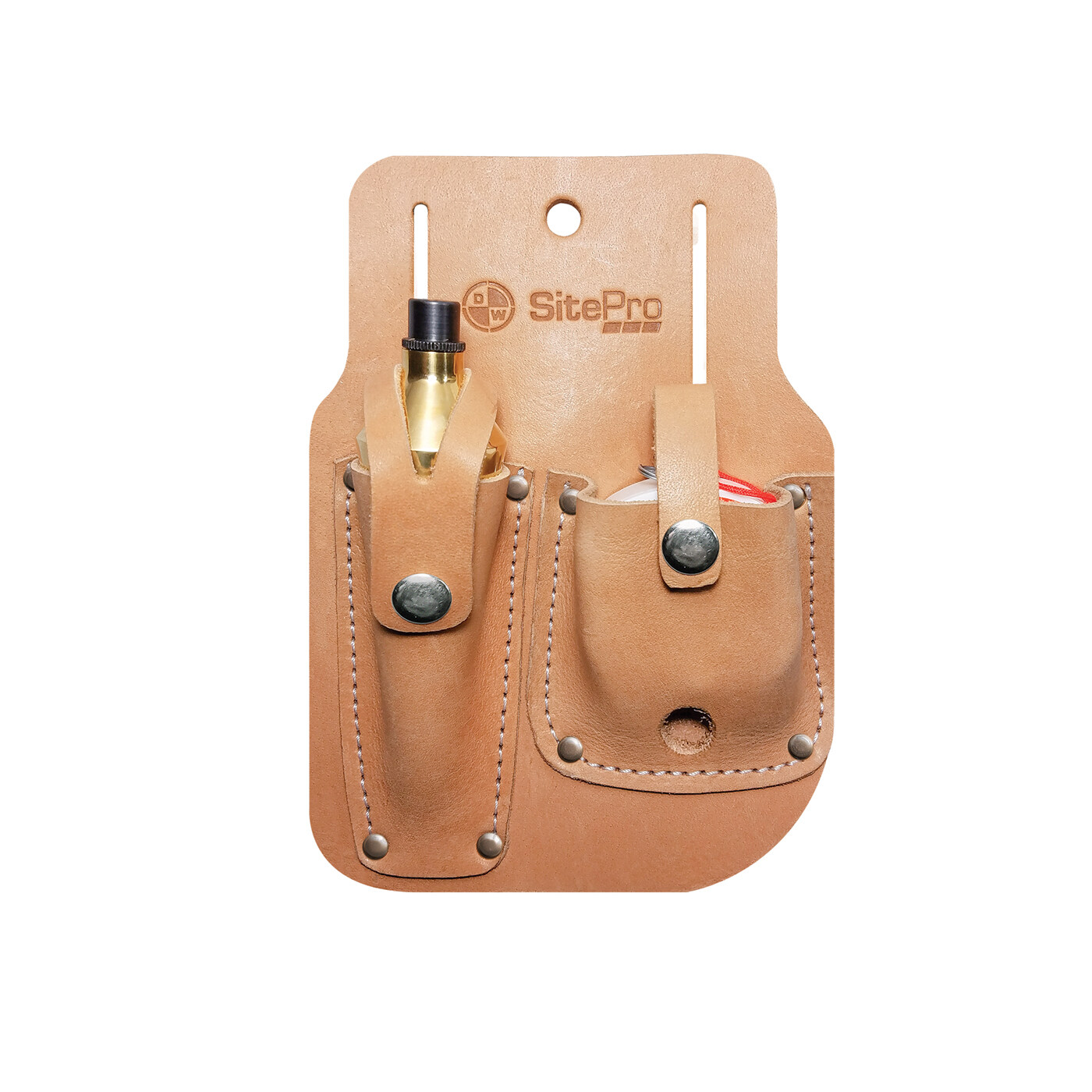
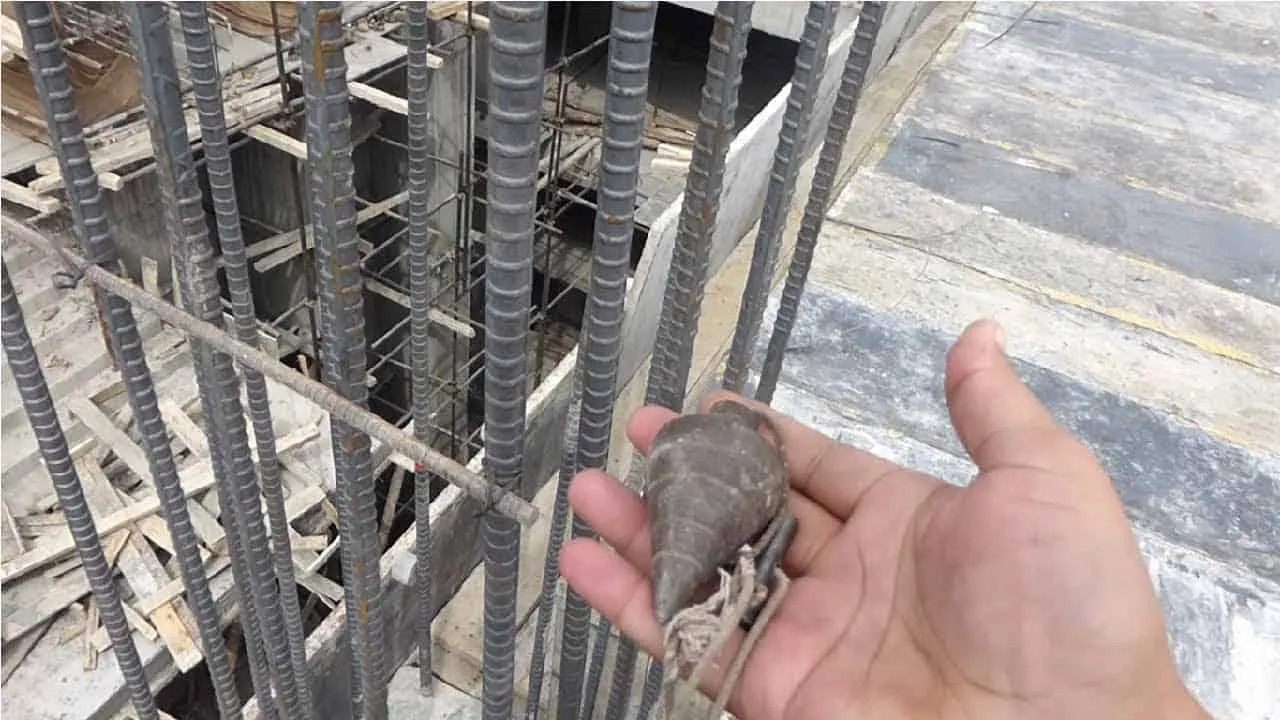
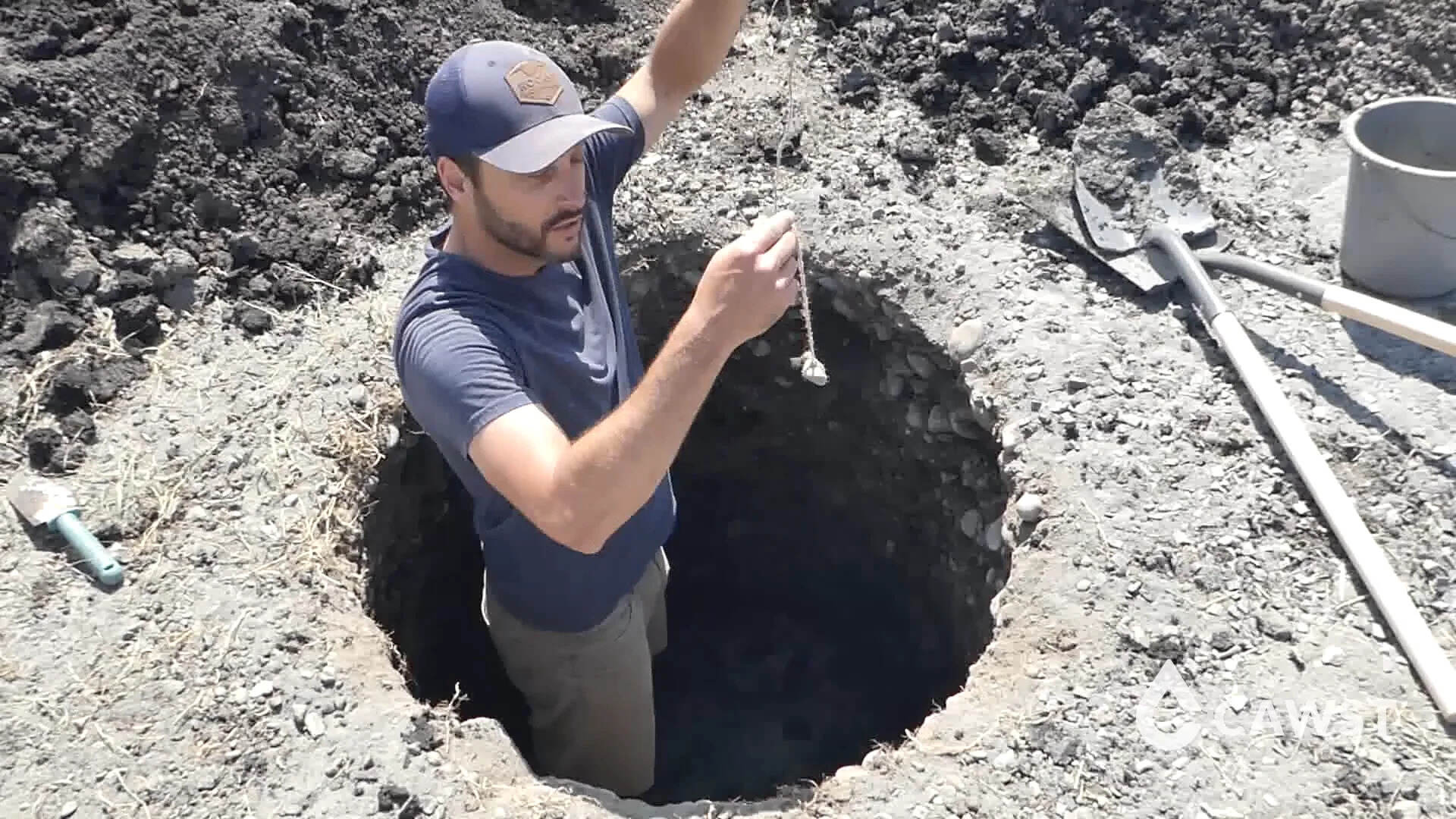
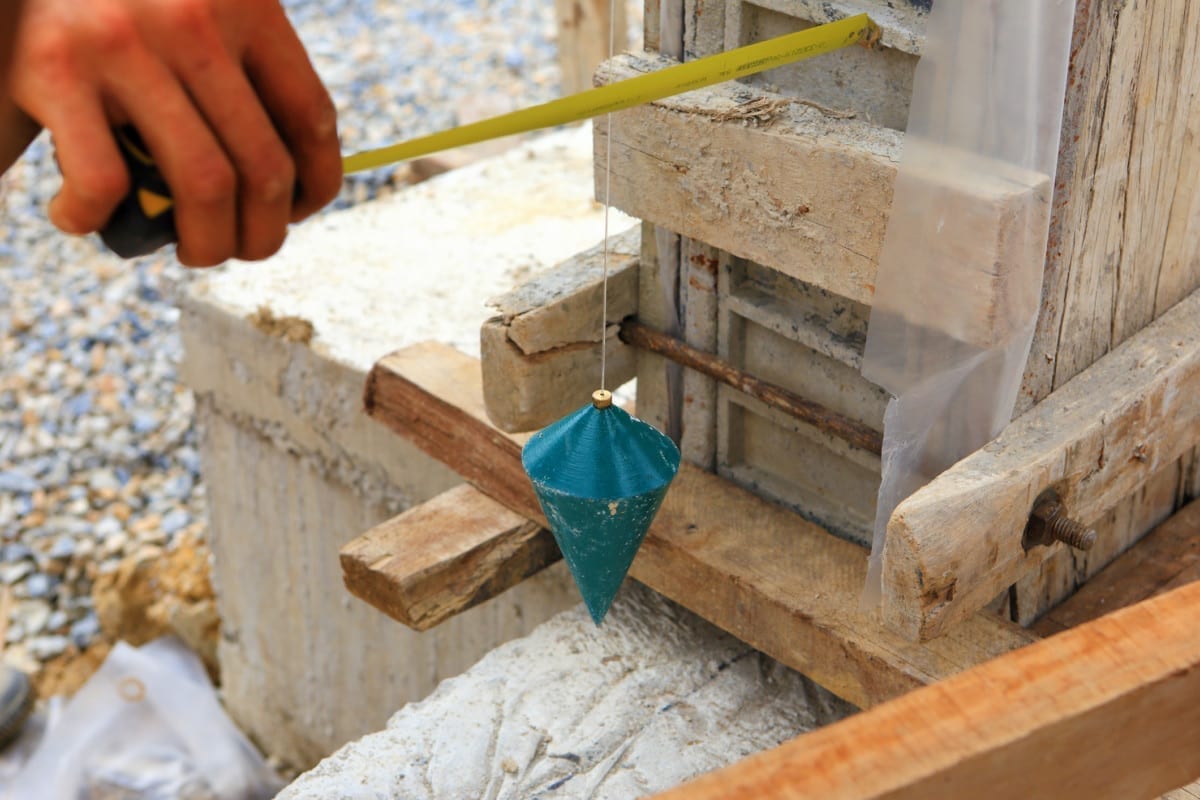

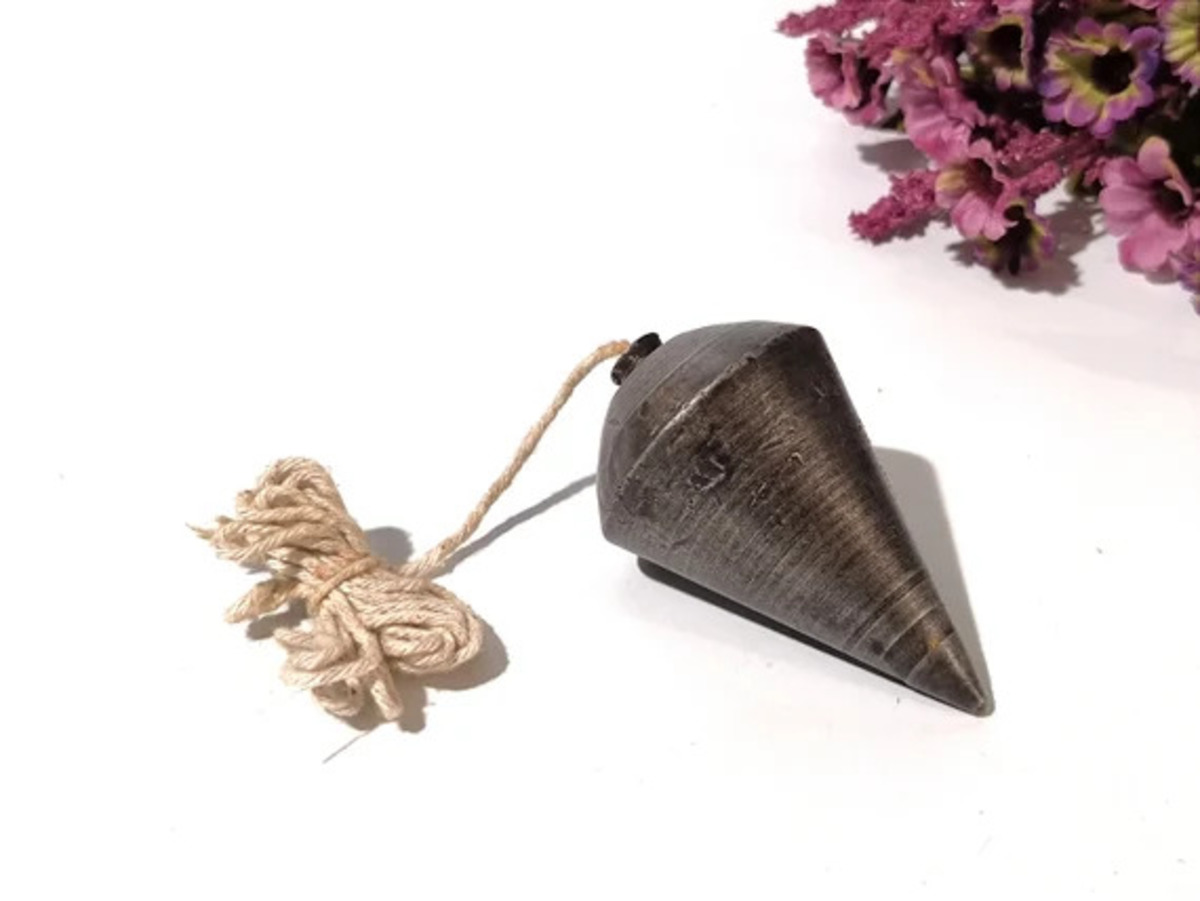
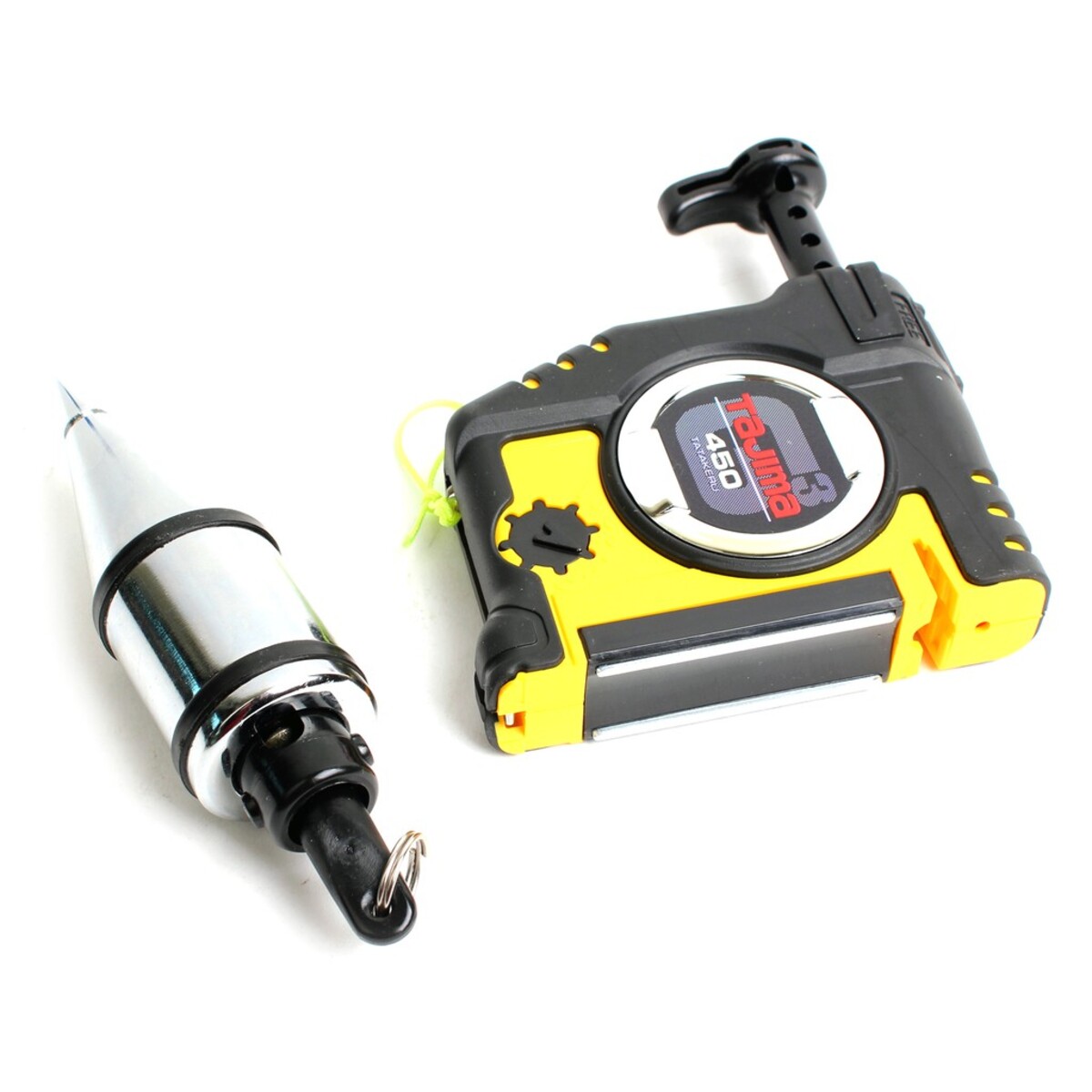
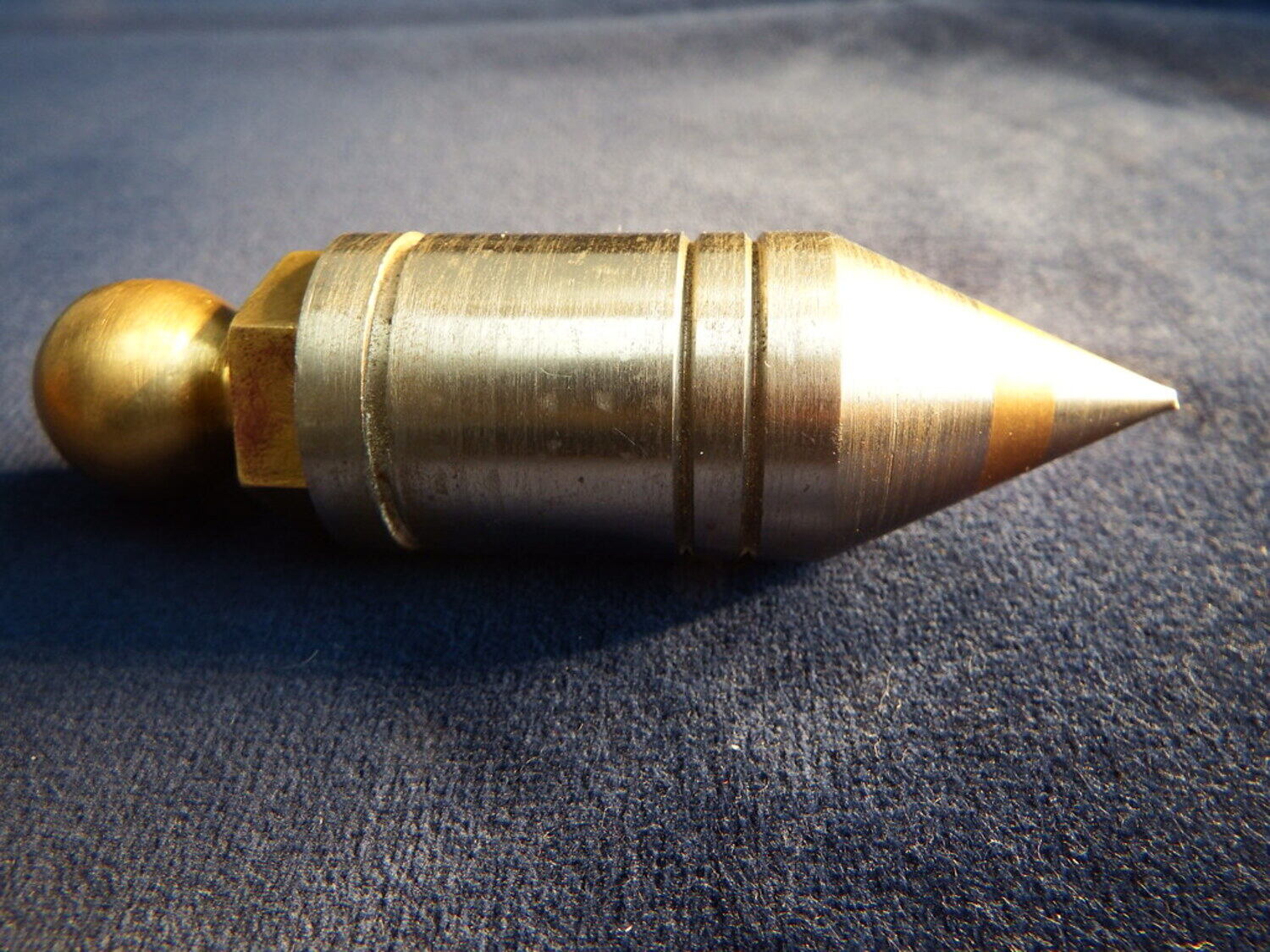
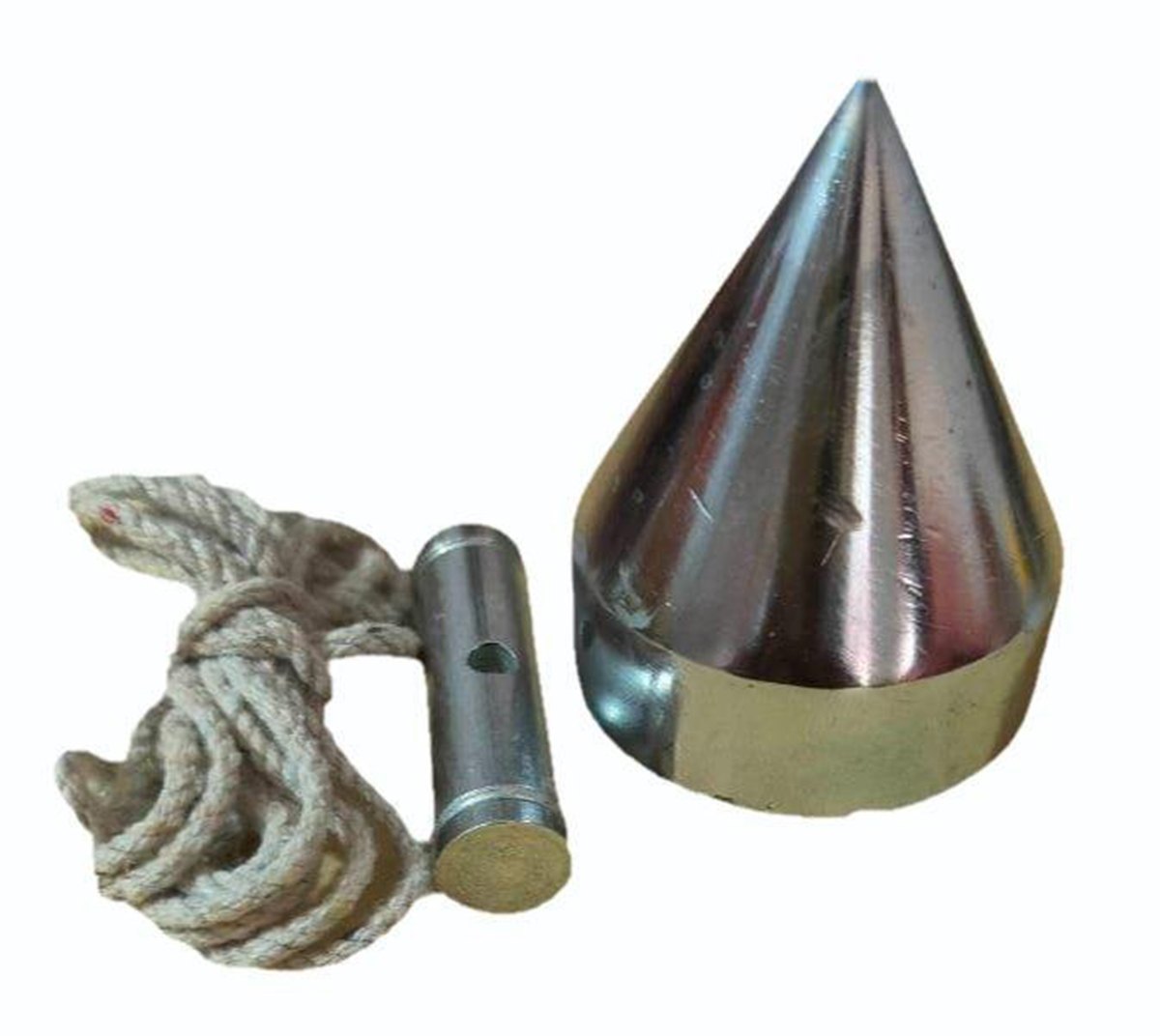
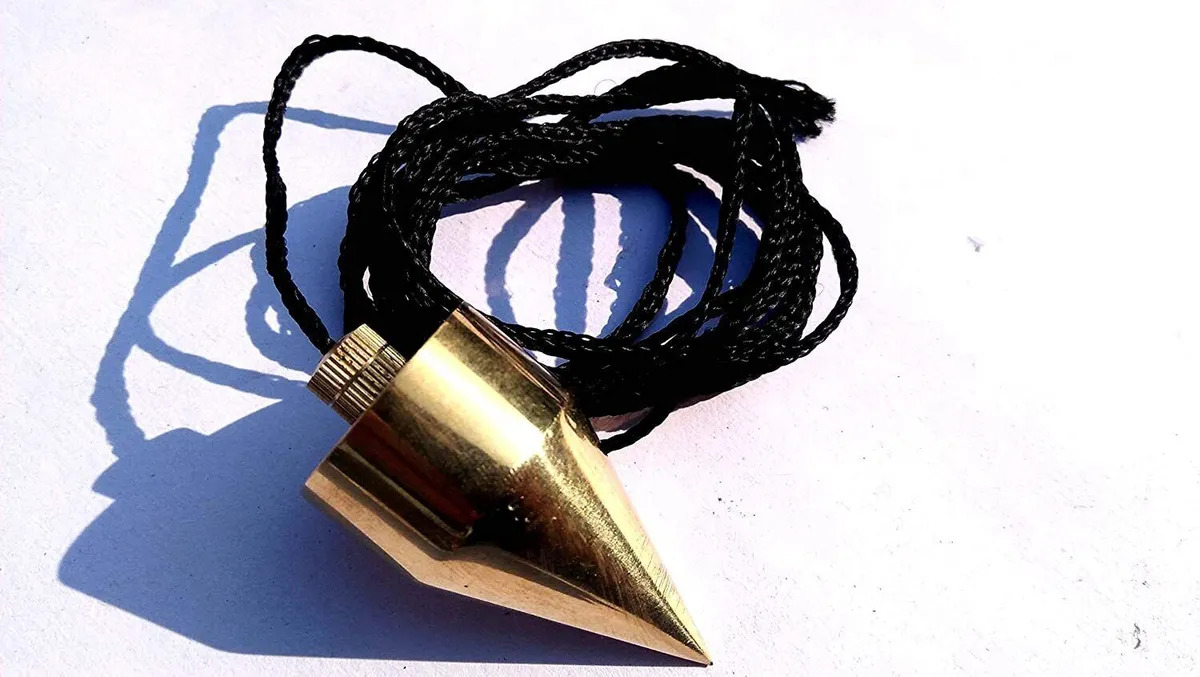
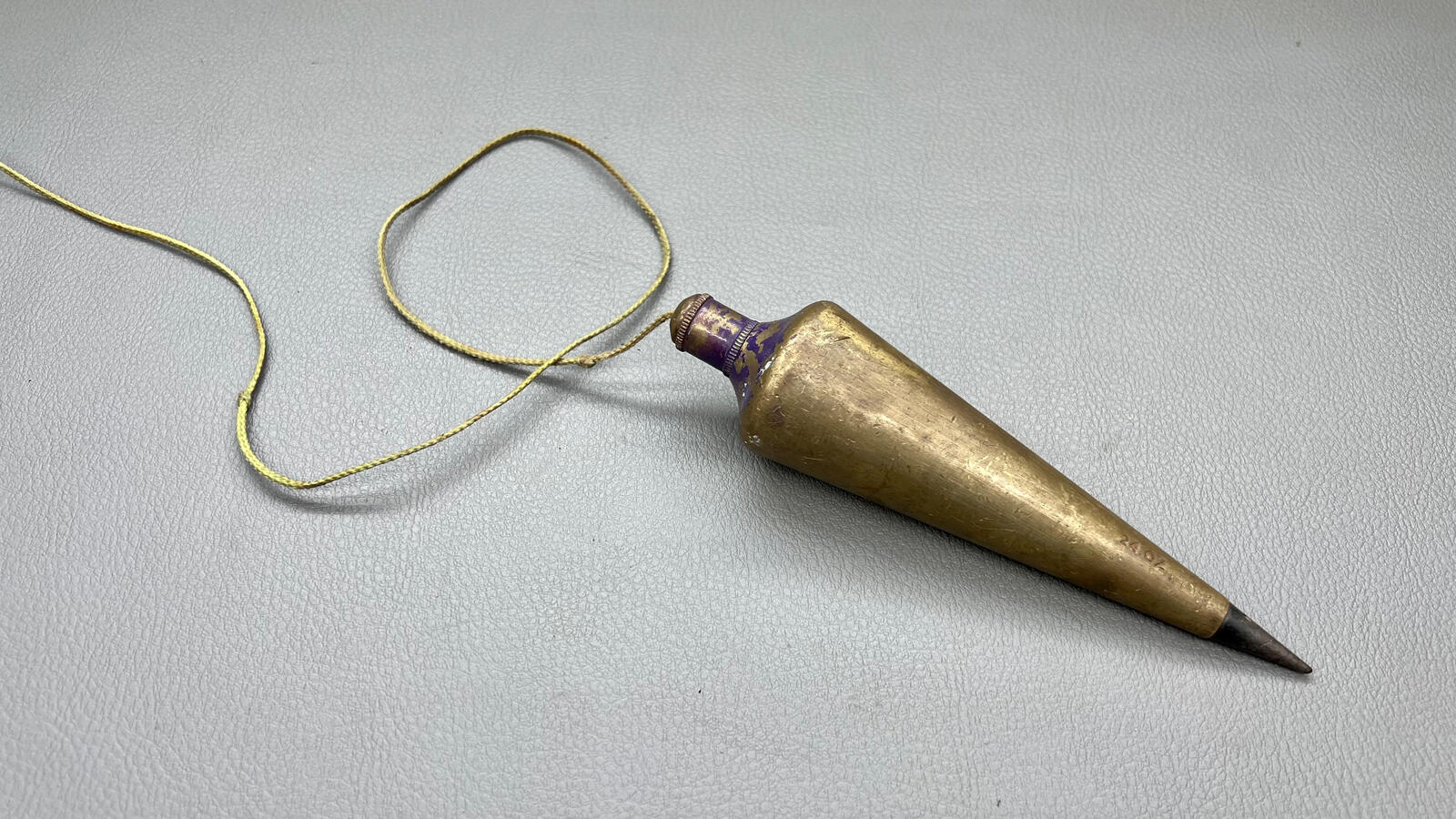
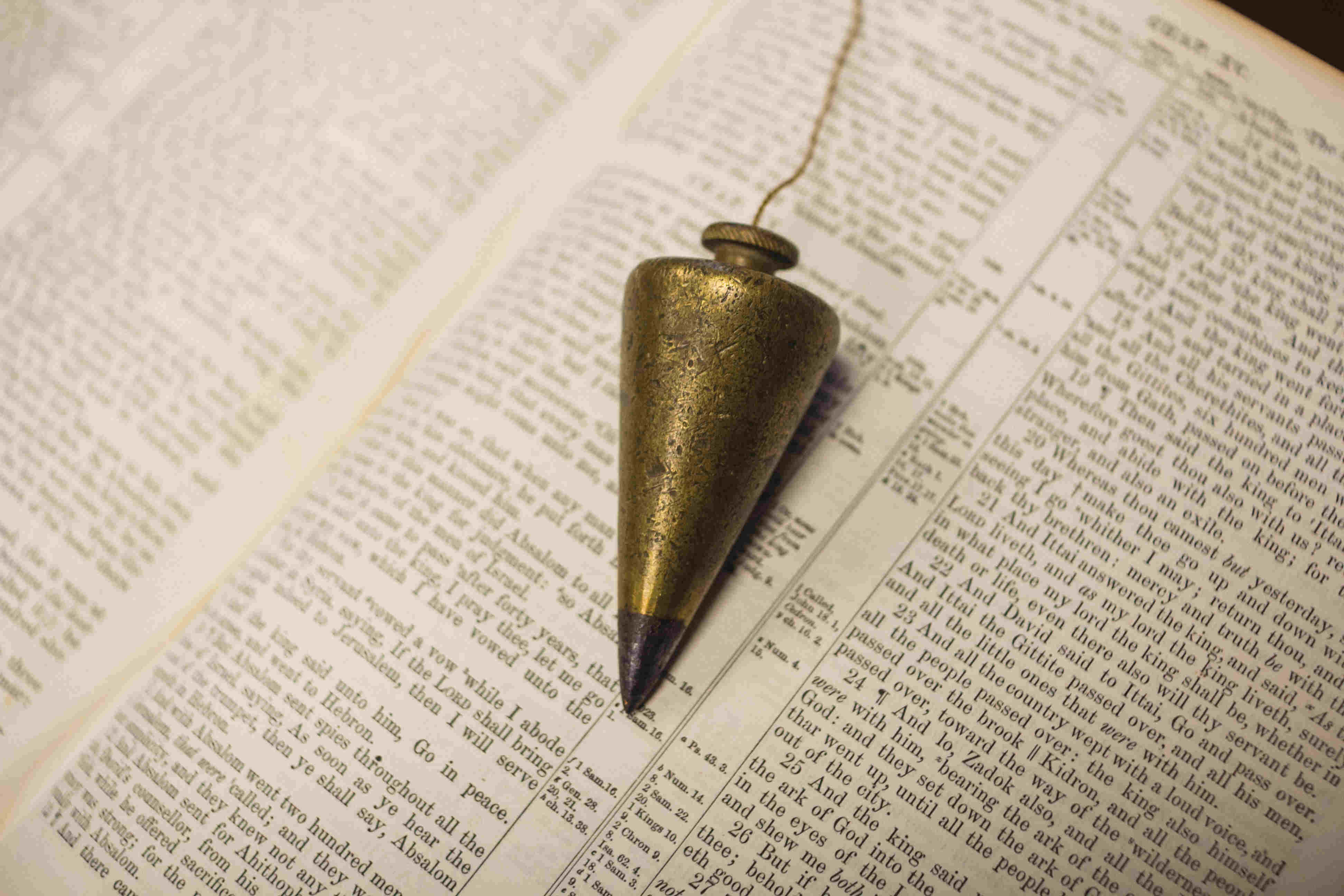
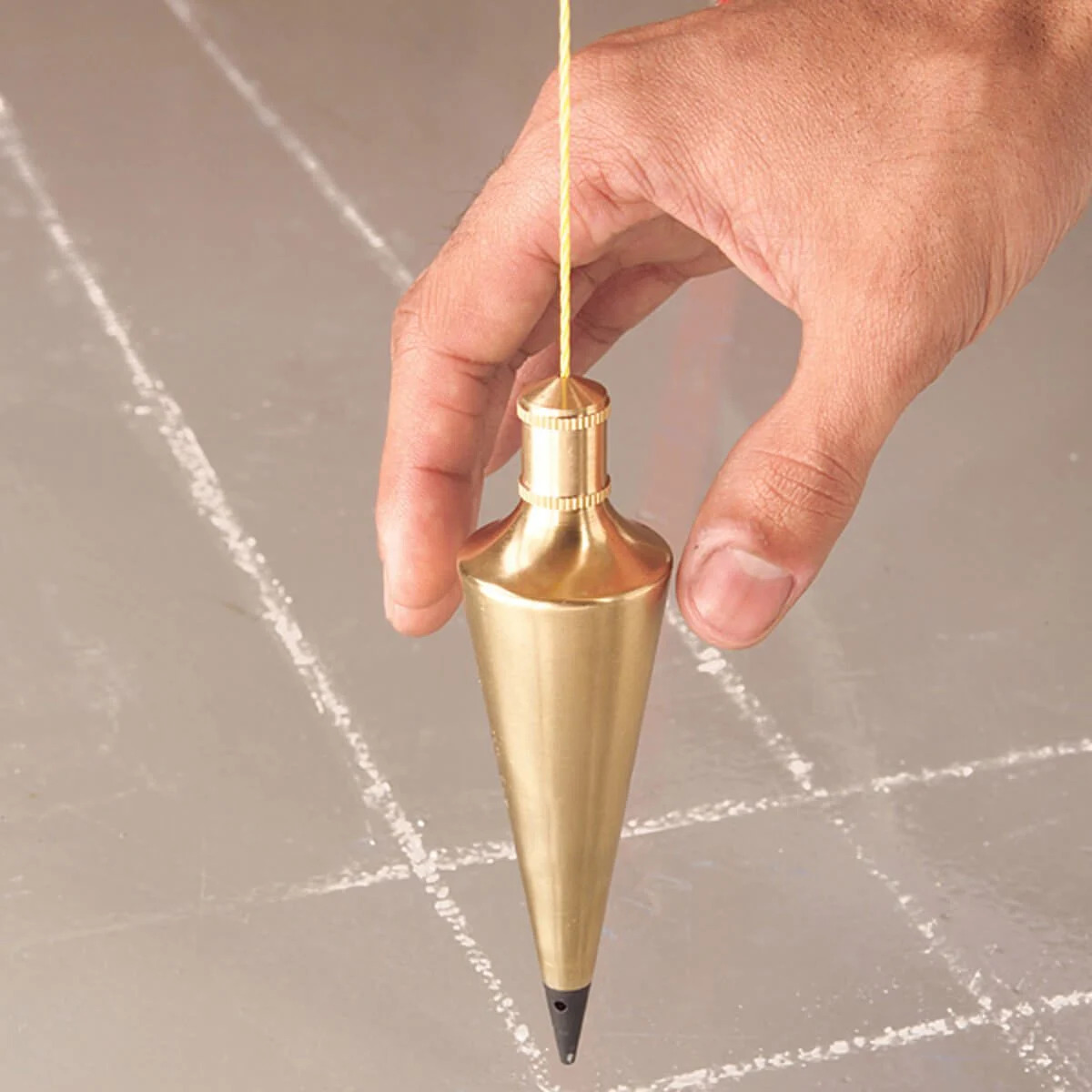
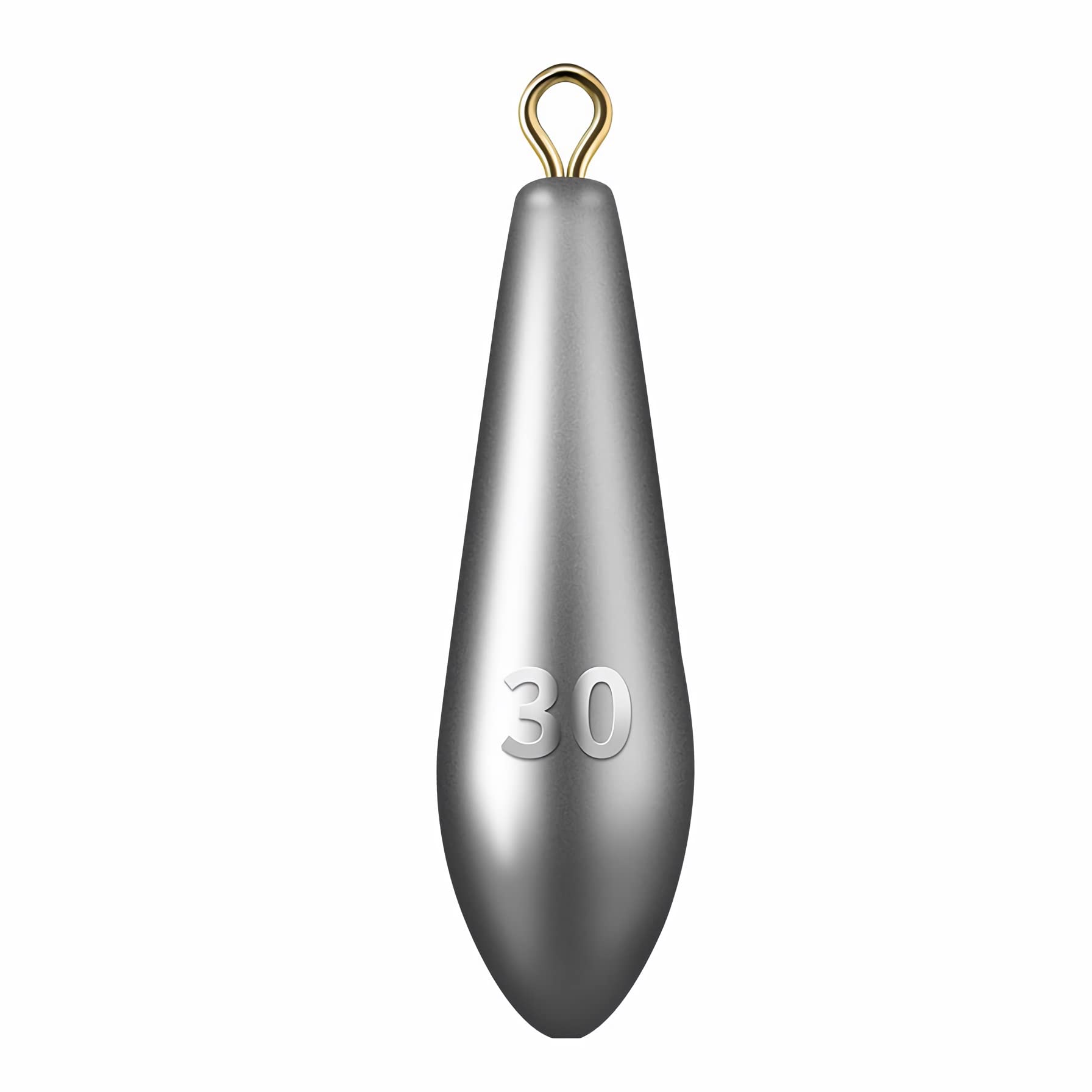

0 thoughts on “How To Plumb Bob A Putter”